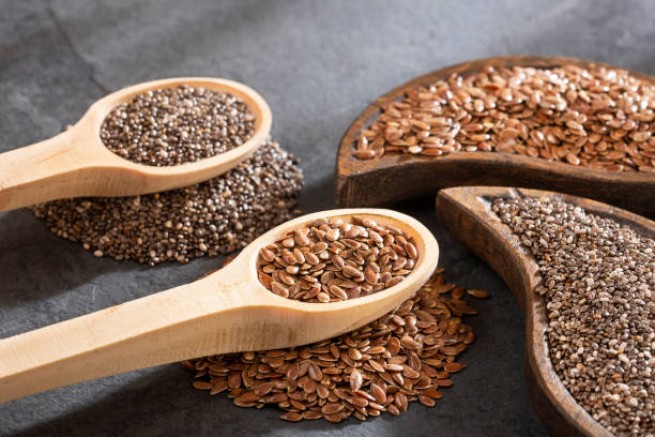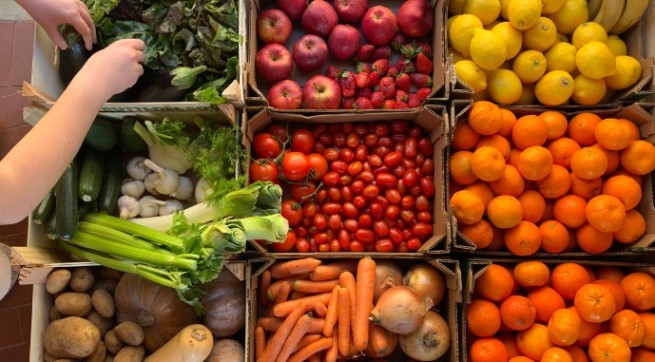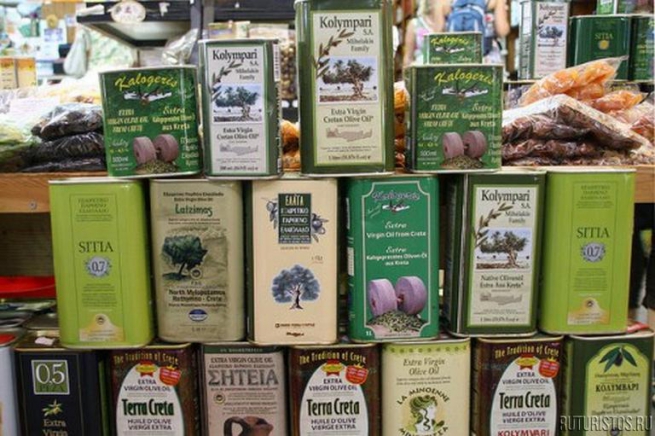On Friday (16/6) the Vlachiotis agricultural cooperative in Laconia set a new price record for wholesale olive oil.
Mr. Panagiotis Varelas, President of the Vlahiotis Agricultural Cooperative, told AgroTypo: “We have agreed to sell 2 vats (54 tons) of extra virgin olive oil from the 2022/2023 harvest at a producer price of 6.60 euros per kilogram. The buyer is a foreign company. The warehouses of the cooperative still have about 400 tons of last year’s stock.”
High price also in Messinia
Before that, 5 days ago (Sunday 11 June), the Falanti agricultural cooperative from Messinia put up for auction 107 tons of extra virgin olive oil at a price of 6.35 euros per kilogram. The olive oil was purchased by a local company.
Will olive oil become a luxury item?
The province of Jaen in Spain has been without rain for several months, resulting in severe damage to local farmland. Many olive growers even take part in religious processions, with a religious procession led by local Bishop Sebastian Chico where farmers pray for rain. Now consumers are also feeling the huge damage suffered by farmers: olive oil prices have skyrocketed, and if there is no rain soon, they are likely to rise even more.
“Without water, there are no olives. And without olives, the province suffers,” says Bishop Chico. “Our economy depends on the production of olives.” With 66 million olive trees growing in the hills of Jaén, the province is the most important olive-growing region in the world, producing a significant proportion of the olive oil consumed in Europe.
The local flora is suffering
But weather forecasts are disappointing. The water shortage in Spain, which is having a serious impact on all Spanish agriculture, is likely to last until autumn, when rainfall is expected to increase. In addition, environmental researchers warn that in the long term, Spain will also have to adjust to higher temperatures and reduced rainfall.
Currently, due to drought, the reservoirs in the interior of Spain are only 25% full. Thus, the water supply is sufficient to meet the drinking water needs of the population, but farmers, who desperately need water to save their olive groves, ration it to only a quarter of the usual amount.
Olive trees under threat
Juan Luis Ávila, an olive farmer in Jaén, explains that “not only is the harvest at stake this year, but the future of the olive groves as well.” Heat waves with temperatures up to 40 degrees can literally burn the white buds of many olive trees. Most of the olive harvest, which is usually harvested between November and February, has already been lost. Never before have conditions been so bad.
“An olive tree can withstand very high temperatures, but only if it has enough water,” explains Ávila, who is also the olive grower’s representative for the COAG farmers’ association. “However, if water is severely scarce, the tree cannot bear healthy fruit.” Last year, Spain recorded the hottest year on record, and Avila says the harvest “was 70% smaller than in previous years.” But next season, the yield is likely to be even lower.
Drought affects other countries
Even in the 2021/22 harvest season, Spain produced almost 1.5 million tons of olive oil. In 2022/23, the harvest will be only 680,000 tons, which is less than half. If the gloomy predictions come true, big losses are inevitable in the next season.
However, it is not only Spain that is affected by this phenomenon, olive growers in Portugal and Italy are facing similar difficulties due to drought. And this puts even more pressure on the prices of olive oil in the European market.
According to statistics EU, European farmers produced almost 2.3 million tons of olive oil in 2021/22, while only 1.4 million tons in the next period. The fact that crop losses in the European olive sector have not been even greater is explained by Greece, where water shortages have been less noticeable so far. Indeed, in the last period, Greece was the only European country to increase the production of olive oil.
Water shortage drives up prices
Withering olive groves are driving record price increases, with olive oil now on average 50% more expensive in the EU than it was twelve months ago. Oil, an essential ingredient in the Mediterranean diet, threatens to become a luxury item.
“The rise in the cost of olive oil proves that the drought is driving up food prices,” writes Spain’s leading newspaper El País. According to the latest data (as of March 2023), food prices in Spain rose by 16.5% in twelve months, and in the EU by 19.2%. Will the climate crisis turn into a food crisis?
Some Spanish producers are getting creative and creating a new product: a mixture of valuable olive oil with much cheaper sunflower oil, which they sell at a bargain price. But the fact that this product, which has green olives on the label, is actually a mixture with sunflower oil can only be understood by reading the fine print on the packaging.
What about in Greece?
In Greece, judging by the weather in May and early June, everything is fine with the rains. Even too, in terms of tourists. At the same time, if there are no unforeseen changes in the weather, good harvests are expected in the country, incl. and olives. However, prices, as can be seen from the information published above, have already increased. Therefore, who has not had time to stock up, buy olive oil now.







More Stories
Fruits and vegetables: imports up 50.2% in April
Greek products on their way to France
Reduced fees for POS transactions, limited bank fees